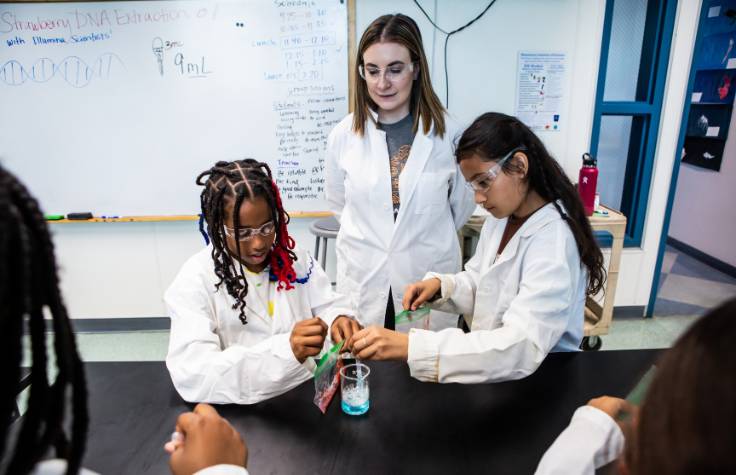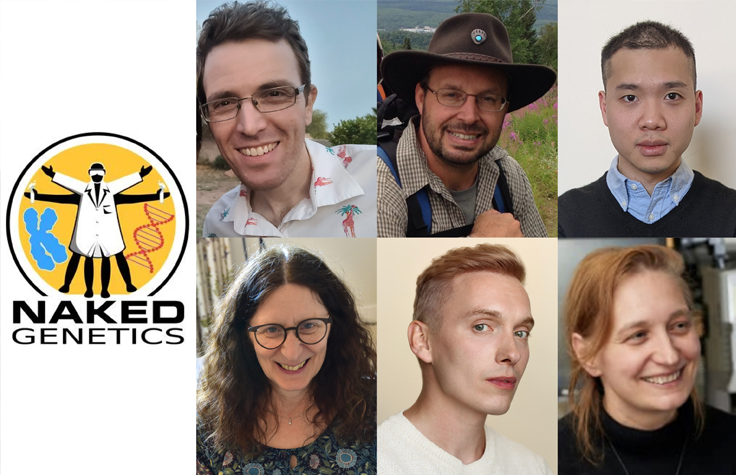
September 18, 2020
Everyone knows about the Vikings. They were blonde, Nordic, and characteristically brutish. Or were they? New genomic research, published in the journal Nature, has poked a few holes in that brand.
Led by Eske Willerslev, Lundbeck Foundation Professor at the University of Copenhagen, this largest-ever Viking genetics study used a HiSeq as well as NovaSeq 6000 to sequence DNA from 442 ancient bone fragments. Among other things, the team learned that these so-called Norsemen may not have been entirely Nordic.
“The Vikings had a lot more genes from southern and eastern Europe than we anticipated,” said Willerslev. “They frequently had children with people from other parts of the world. In fact, they also tended to be dark-haired rather than blond, which is otherwise considered an established Viking trait.”
The study also indicated Vikings may have been the jet-setting elite of their day, having little in common—genetically—with the inland peasants in their native lands.
“The Vikings traveled much farther, had lots of southern European genes and were very likely part of a much more extensive cultural exchange with the rest of the world than any contemporary peasant society,” said Willerslev.
In addition, the researchers showed the Vikings were not one cohesive group. Rather, they were three separate and genetically isolated nations with distinct territories. Genomic sequences showed Danish Vikings raided England, Swedish Vikings the Baltic and Norwegian Vikings visited Ireland, Iceland and Greenland. How they interacted is still a mystery, but we now know there was little genetic mingling.
The research also shed light on raiding party composition. By analyzing the bones from an Estonian gravesite, which holds remains from a slain Viking party, the scientists concluded the Viking raiders were genetically similar.
“Popular culture suggests the Viking chief would recruit the strongest warriors from neighboring tribes or communities to join him on a raid somewhere,” said Willerslev. “But at least five of the Vikings in this grave are closely related. So, perhaps you just brought your family along when you went on a raid.”
The study can also help place the Vikings in better historical context, perhaps demystifying these tribes. Willerslev notes that some researchers argue the Viking Age was not distinct from the Iron Age. “With this new study, we’re able to establish that the Viking Age was indeed something special,” he said.
Sequencing history
This study is the Willerslev lab’s latest foray into historical genomics. In 2019, they teamed up with Illumina and the Lundbeck Foundation for GeoGenetics to better understand how schizophrenia, Alzheimer’s disease and other human neurological conditions originated. The team has been sequencing DNA, as old as 10,000 years, to track how brain conditions entered the human genome.
The researchers’ ability to glean such detailed medical and cultural information highlights both their hard work and the power of NovaSeq to interrogate ancient genomes and produce important insights.
“The sequencing is so massive with the NovaSeq that it’s no longer the limiting factor in our production line,” said Willerslev. “It’s completely changed the way we run things in the lab. It’s unbelievable in terms of output. Without the NovaSeq, I don’t think this project would have been practically feasible.”
Listen to Illumina’s Genomics Podcast episode 39 featuring Eske Willerslev.


